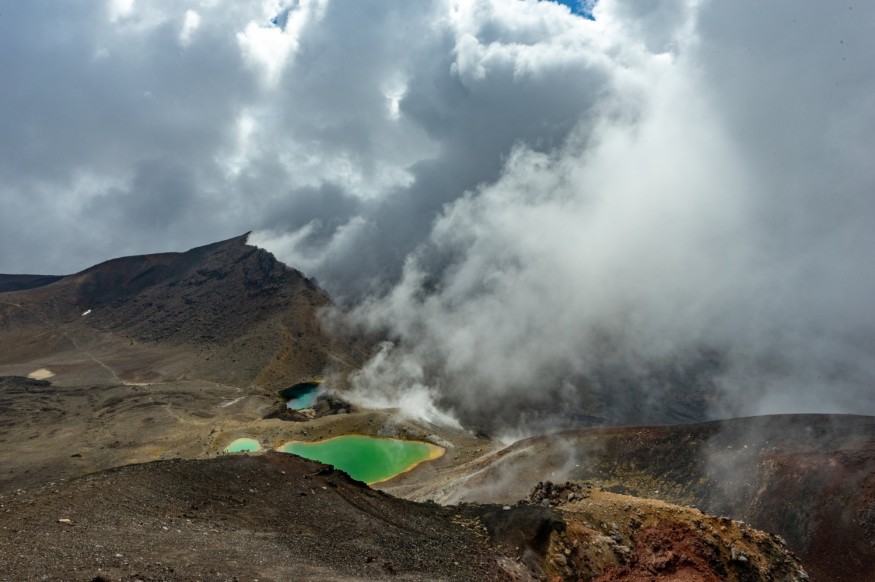
No one, not even the local operator or the experts, expected the eruption of Whakaari on December 9. After all, the local geohazard agency announced that despite the increasing volcanic activity, the island still poses no threat to the visitors.
Globally, there are around 1,500 active volcanoes, and those are usually closely monitored by experts and can be predicted. However, in some rare instances, some dormant or "sleeping" volcanoes would suddenly erupt without warning. Take Mt. Pinatubo as an example. Situated in the Philippines, the volcano suddenly belched ash and lava in 1991 after being dormant for more than 400 years. The said eruption was one of the biggest in the 20th century.
Surely, volcanoes are scary but they are also ironically fascinating, which attracts millions of tourists and even residents globally on a regular basis. After all, the soil around it is usually fertile, which promotes better crops; and the lava it releases can be fascinating too.
If you are planning to include a volcano on your travel goals, you need to remember the following to prevent another 2019 White Island eruption crisis.
1. Inquire with the local monitoring agency
Unlike earthquakes, a volcanic eruption can be predicted since it usually shows signs like minor ground shake on the area and gases from the crater. So, if the monitoring agency already warned that it could be dangerous, do not proceed with it.
However, like in the incident in White Island, predictions can also be wrong. For that, you should study the safety protocol and know the evacuation route.
2. Prepare an emergency kit
As what have been mentioned multiple times in this article already, volcanoes can be unpredictable, so it is important to bring an emergency kit even if there is no threat issued. Aside from the necessities like food and water, do not forget to include burn medication, respiratory and eye protection, flashlight, battery-operated radio and some spare batteries.
For the mask, the US Centers for Disease Control and Prevention recommended an N-95 respirator, which can be purchased on hardware.
3. Wear appropriate clothes
Visiting a volcano usually includes hiking. But even if you are not, it is still suggested that you wear comfortable clothes and footwear intended for hiking or running. After all, volcanic eruptions usually happen so fast that running is inevitable most of the time.
If possible, wear heat-resistant clothing, said Dr. Janine Krippner on a blog.
4. Know what to do during an eruption
Aside from the lava and volcanic ash, another incident you should expect on an eruption is the flying rocks. While some suggest that you should stop to check where the rocks will land, it is not effective when there are hundreds. Instead, look for a sturdy shelter, especially a thick concrete one, for protection.
Don't forget to go to the emergency route and stay in the safety areas.
If you are far from it, avoid low-lying areas, areas downwind of the volcano, and river valleys downstream of the volcano, according to the Red Cross. Aside from the lava could flow there, ash and debris will be blown by the wind.
Immediately seek medical care if you are injured.
© 2026 NatureWorldNews.com All rights reserved. Do not reproduce without permission.





